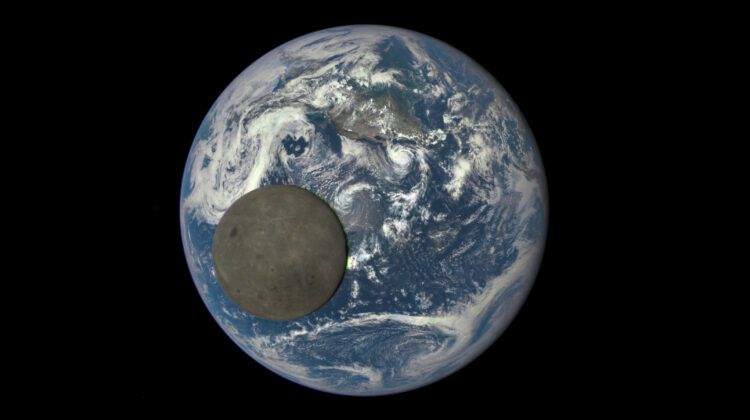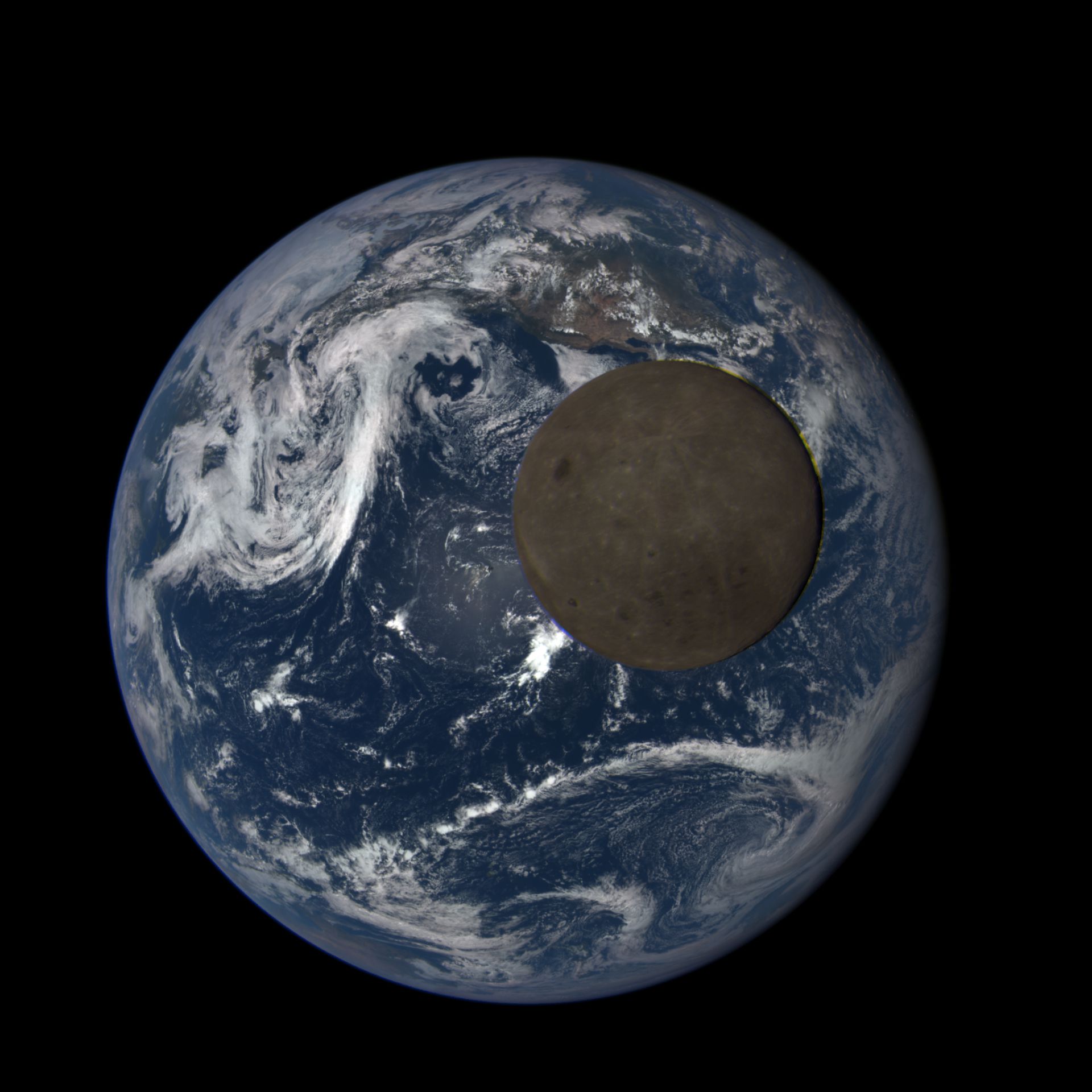Epic GIF Of The Moon Transiting The Earth Captured by NASA Satellite.
The moon passing the Earth in this mesmerizing GIF looks like it was computer generated, but it’s the actual shot. What’s even more amazing is that it reveals the mysterious “dark side” of the Moon. This image was captured in 2015 by a camera on NASA’s Deep Space Climate Observatory (DSCOVR) satellite.
Although it appears dark when viewed from Earth, the “dark side” of the Moon, as depicted in the animation, is fully illuminated and visible due to the satellite’s strategic position . DSCOVR orbits Earth at a distance of one million miles and continues to operate as it measures the solar wind in real time for the National Oceanic and Atmospheric Administration (NOAA). The satellite is located between the Sun and the Earth.
The stunning sequence of images captured by NASA’s Earth Polychromatic Imaging Camera (EPIC) reveals this exceptional event. The EPIC, equipped with a 4-megapixel camera and telescope, continuously monitors the fully illuminated Earth as it rotates.
EPIC captures a truly “epic” phenomenon twice a year when the Moon passes through the Earth. In this animation, the Moon crosses the Pacific Ocean over a period of about five hours. As it passes in front of Earth, a light green line can be seen on the right side of the Moon. By combining three monochromatic exposures quickly captured by the camera, EPIC produces images with “natural colors”.
EPIC actually acquires ten images using specific filters such as ultraviolet and near-infrared. The red, green, and blue channels are used to create color images. Because the Earth moves slightly between each exposure, there is a slight deviation when the images are combined, which is most noticeable in the Moon.
Although this particular image of the “dark side” of the Moon is rare, it is not unheard of. The Soviet spacecraft Luna 3, which took its first pictures in 1959, deserves recognition for this achievement. The far side of the Moon, commonly known as the “dark side”, is not significantly darker than the side facing Earth. In fact, it spends two weeks in sunlight, followed by two weeks in darkness, like the near side of the Moon. In this context, “darkness” refers to the unknown rather than the lack of light.
If you want to see more, NOAA offers a large collection of continuously updated satellite images.
The EPIC camera on the DSCOVR spacecraft captures the Moon’s transit of the Earth twice a year.
Hits: 14









